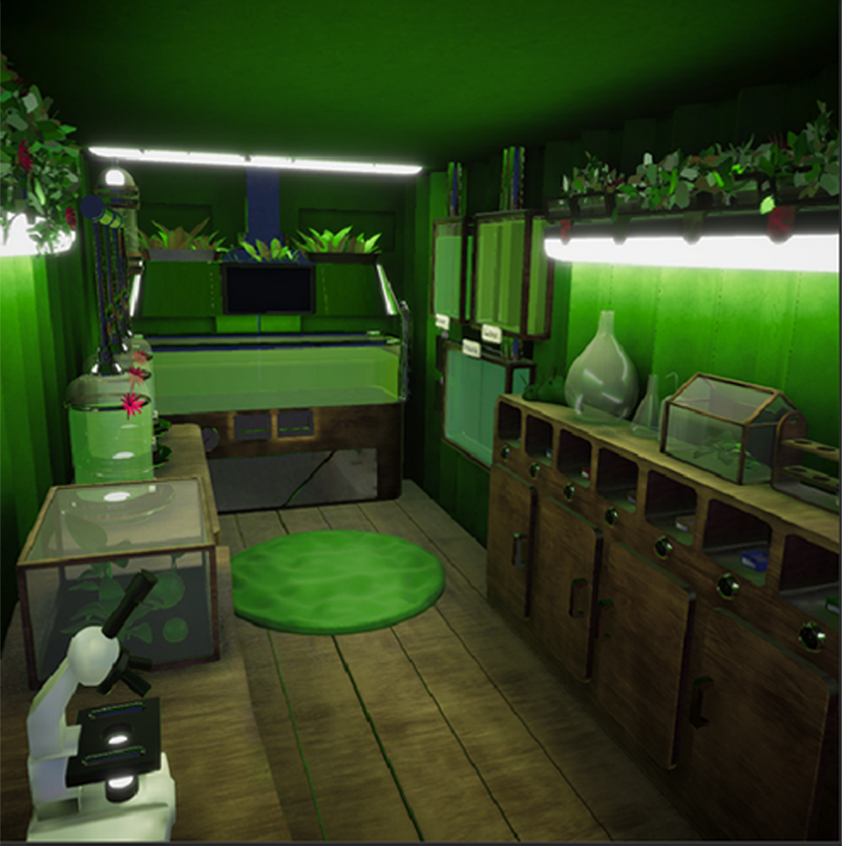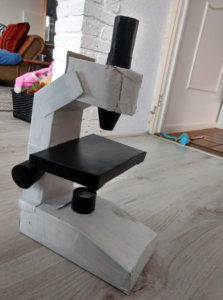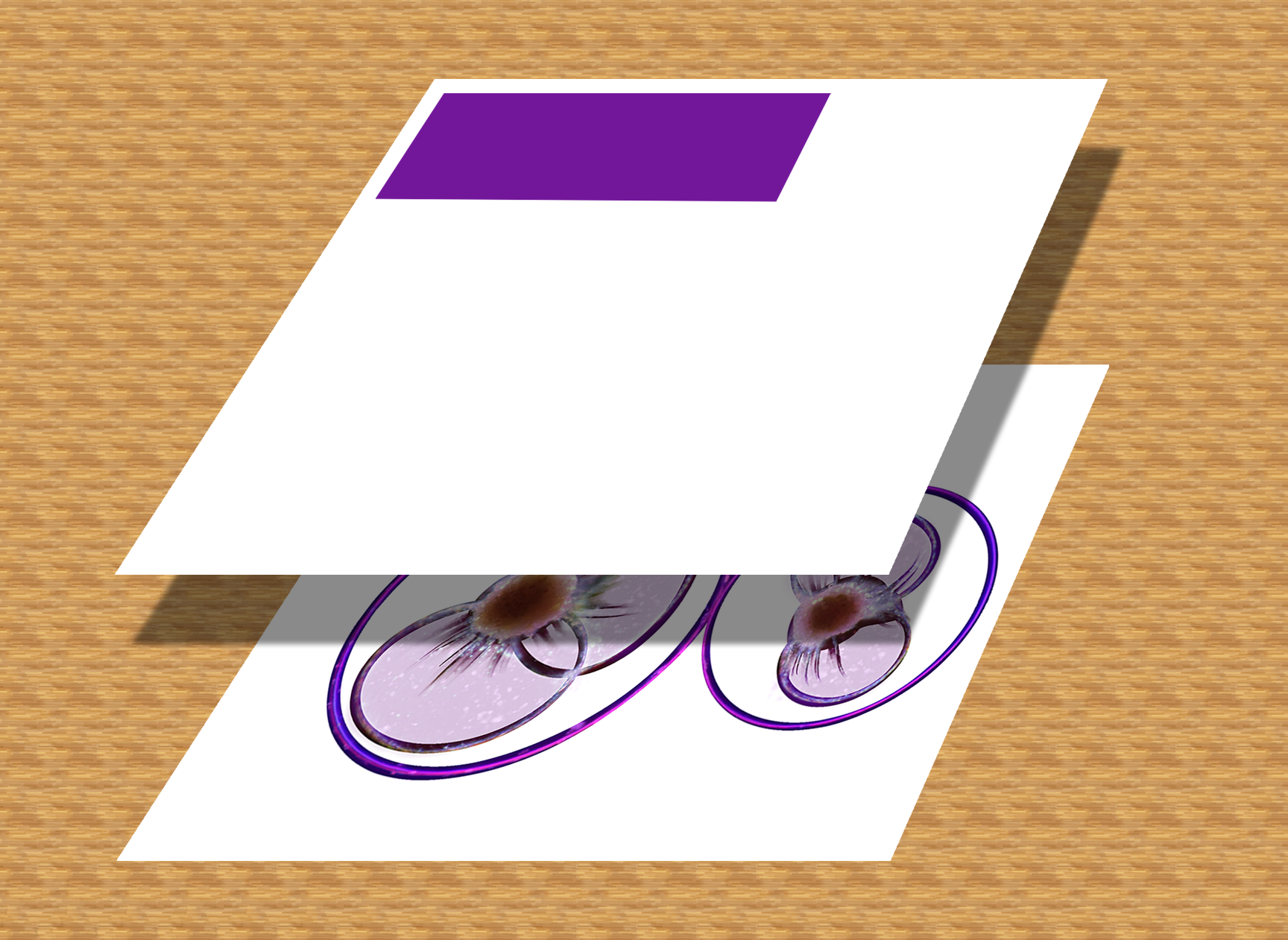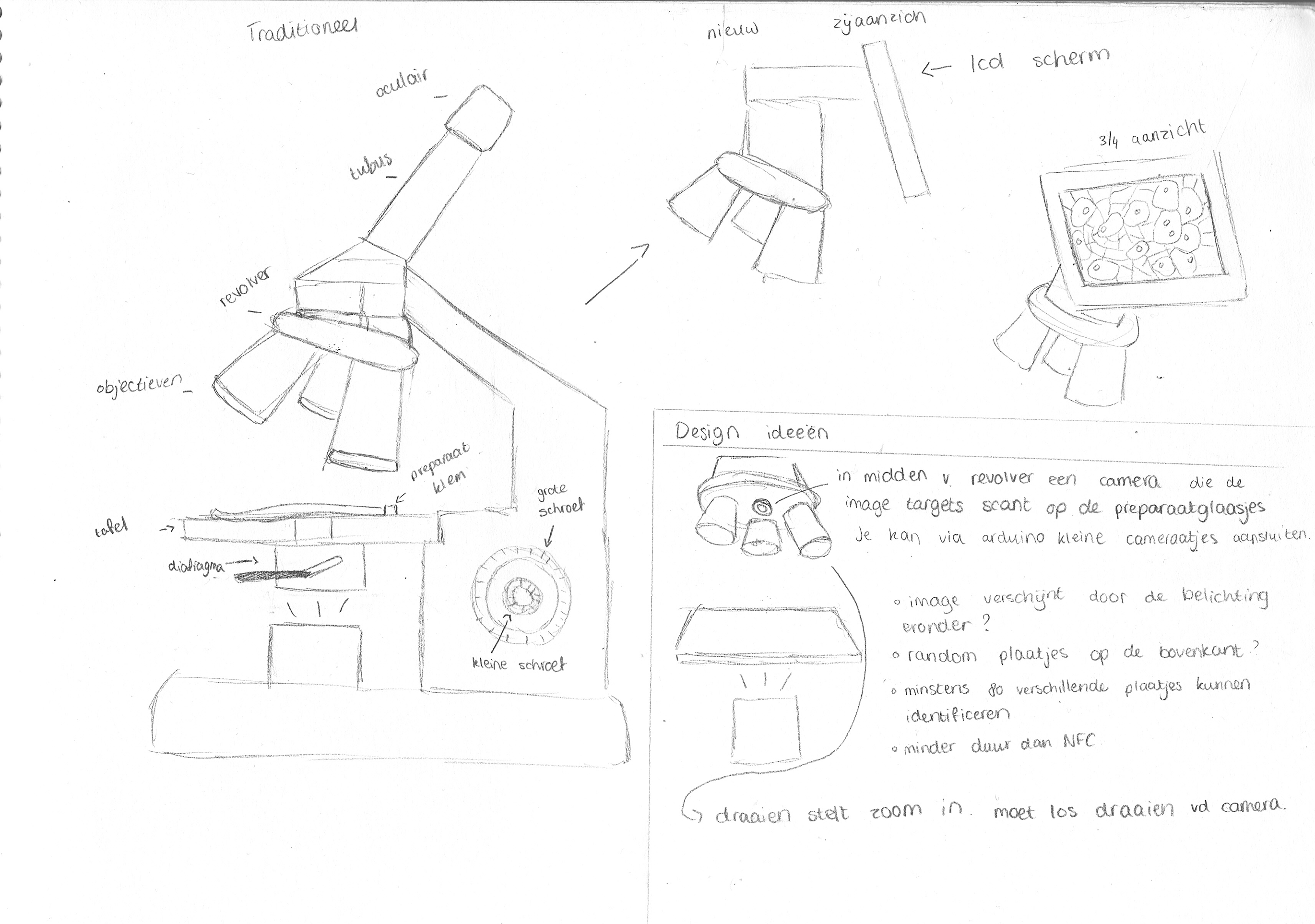
Data
Name: Algae Energy / The Alchemist
Team Wattson:
Ilja Ham
Sam Walet
Robin Boonacker
Lenneke van Doorn
Lisa Perelaer
Year: 4th year HKU | 2020
Technical Engine: Unity
Language: C#
Difficulty: ★★★★
10 weeks per project
About
On this page you will find design document excerpts of both projects and a WebGL build of the Algae Energy prototype that can be played in browser.
Two projects
During our time working with Sherlocked, we made 2 projects with 10 weeks of work each. The second project is currently non-disclosed, which is why I will only be showing the first project. This page has been reviewed by Sherlocked.
Algae Energy
This project has been done in a team of 5, calling ourselves Team Wattson (working for Sherlocked and also a reference to the term Watts, which is fitting for Technology). Our first project was to come up with live installation for the event Techmission, an event to introduce high school students to Technology and enthuse them to get an education in one of its branches. The game was to be played with 5 to 6 people in a span of 7 minutes. After researching multiple branches within Technology and coming up with concepts for the ones we thought were interesting, Sherlocked and our team chose to design our game around the branch Chemical Technology. Specifically, algae energy, which we thought would be the most relevant choice for something that these students would be able to work on in their possible technology career. Due to the pandemic starting around 1.5 months after we began this project, the live installation was turned into a digital simulation (using Unity).
The whole team has been involved in the design process during the concept phase, I was responsible for bringing my experience to the table when it came to important questions about mechanics and player experience, as well as documenting the decisions. I was also in charge of keeping contact with Sherlocked and arranging meetings, a responsibility I later shared with programmer Sam Walet due to me moving house twice in the span of 5 months.
Research and concepts
At the start, we knew nothing about Technology, so we decided that everyone would join in and research Technology and different branches. We all came up with ideas and brainstormed. After a week, we had 3 concepts that we presented to Sherlocked and they chose our third concept. During this time, we all did etnographic research with our target audience, (ranging from 12-15), which gave us some ideas on splitting the students into groups as well as giving them individual tasks. After that, we researched more about Chemical Technology, which was the technology branch we implemented in the chosen concept, and turned it into a more concrete design. While the artists worked on the art of the first gameplay part and the developer worked on an AR application for this gameplay, I came up with the other 2 gameplay parts and worked out the specifics of the first. While we were prototyping the first gameplay part of this concept, the Techmission event of that year was held and a day later, we went into lockdown. Only Robin of our group was able to attend Techmission and her experience was invaluable; 3 gameplay parts was going to be way too long for a 7 minute game. We decided to use only the first gameplay part and the essentials. After discussing our options about working during the pandemic with Sherlocked, we made the digital simulation.
Here are some explanatory pictures about our concepting process, initial design sketches and storyboards.
Digital Simulation WebGL
Here you can play the game in WebGL. Please choose to play alone; 2 player mode is supposed to be played with 2 pc's. In the live installation, the group of 5 or 6 students is split. One group will receive tablets with the algae scanner, 1 per student, the other group will receive the electricity scanners (also 1 per student).
Design Document
Here is the design document. It contains 3 sections.
- Section 1 contains the designs for the live installation. This was originally meant to be 3 gameplay parts.
- Section 2 contains the design for the digital simulation prototype. The original design was heavily toned down because the scope was too large.
- This section has never been finished, as we were asked to start working on The Alchemist.
Every time I finished work on something new, I asked the team members to read the new part and ask me if something was unclear. Sometimes I showed it during meetings. The document was always uploaded to our google drive so it could always be accessed by everyone.
During the project, I changed my way of documenting to try out something new; storyboarding, in which case I almost literally drew every possible screen the player could see, step by step. Go to page 29 and 30 to see this.
Challenges
We weren't able to make a live installation because of the starting pandemic, and none of us had experience designing escape rooms or installations. For me personally, it was most difficult to come up with how we were going to lead the player from one aha! moment into the next, without giving too much away.





